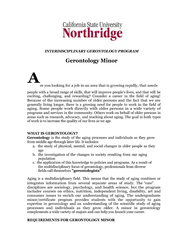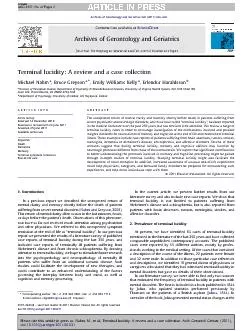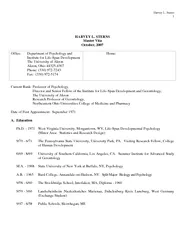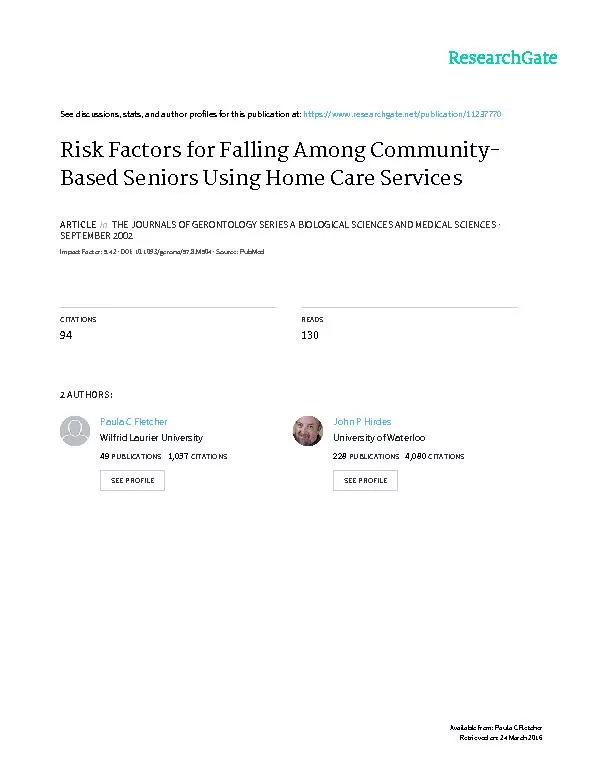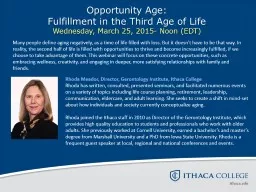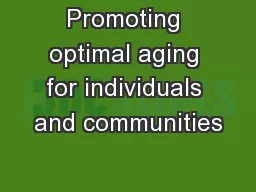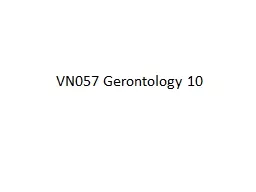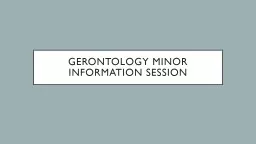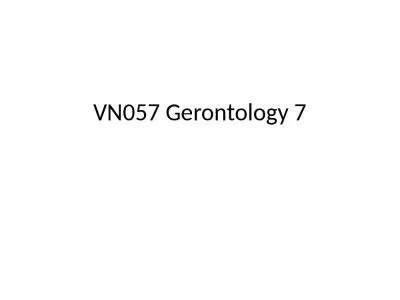PPT-VN057 gerontology 8 15, Chapter 15
Author : roxanne | Published Date : 2022-06-18
2 EndofLife Care The American Way of Dying Not seen as a natural progression Uncomfortable with death fragmented disorganized amp inadequate guidance forced to
Presentation Embed Code
Download Presentation
Download Presentation The PPT/PDF document "VN057 gerontology 8 15, Chapter 15" is the property of its rightful owner. Permission is granted to download and print the materials on this website for personal, non-commercial use only, and to display it on your personal computer provided you do not modify the materials and that you retain all copyright notices contained in the materials. By downloading content from our website, you accept the terms of this agreement.
VN057 gerontology 8 15, Chapter 15: Transcript
Download Rules Of Document
"VN057 gerontology 8 15, Chapter 15"The content belongs to its owner. You may download and print it for personal use, without modification, and keep all copyright notices. By downloading, you agree to these terms.
Related Documents


